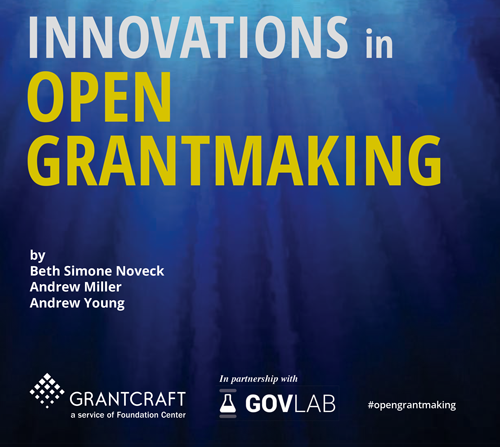Measurement Tension: Are We Mistaking Partial Measures for the Full Truth?
Are we mistaking partial measures for the full truth?
A related danger is that indicators can become confused with actual outcomes. The ability to measure the proxy can entice you into thinking you’ve captured the truth. As the evaluation director of a major foundation explained, “There’s a temptation to believe that you’ve got a full description of everything that’s important. It can be exquisitely seductive, and it can be spurious.” The real point here is this: indicators are only that, indicators of effectiveness, and they can lead programs astray. “Suppose you’ve got an anti-smoking program,” explained an evaluator, “and you’re trying to figure out its effectiveness. You look at whether cigarette sales go down in the county. But are people buying outside the county? Your indicators might say nothing at all about this.”
Takeaways are critical, bite-sized resources either excerpted from our guides or written by Candid Learning for Funders using the guide's research data or themes post-publication. Attribution is given if the takeaway is a quotation.
This takeaway was derived from Making Measures Work for You.

